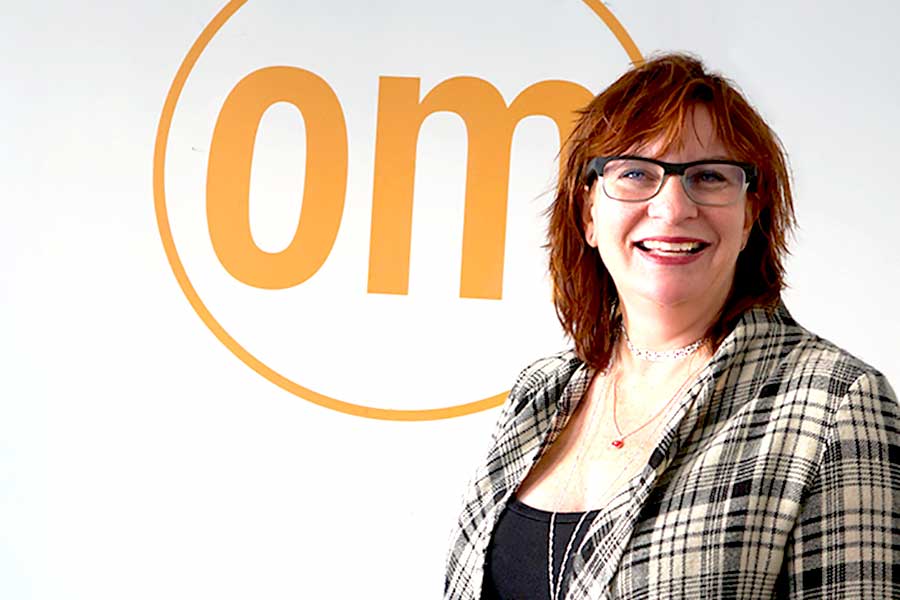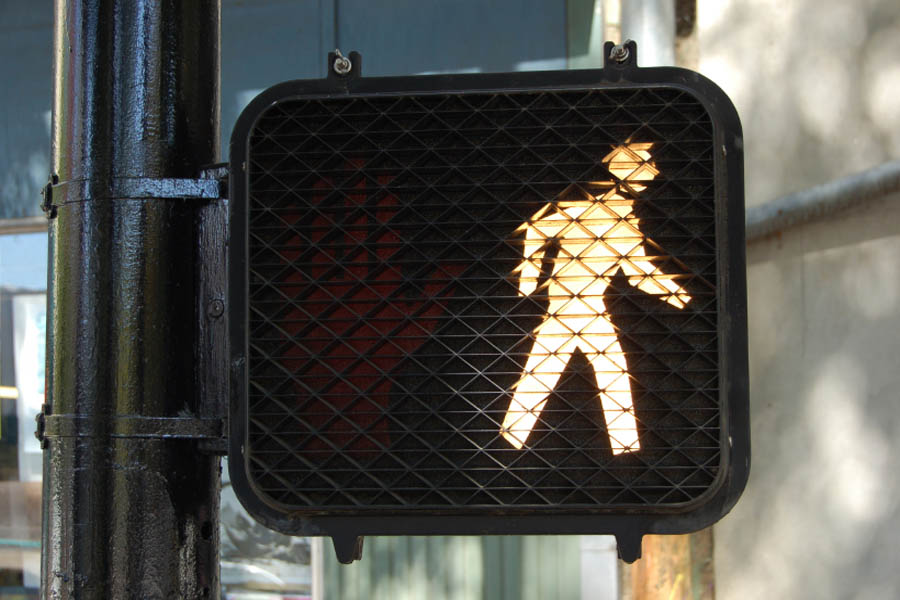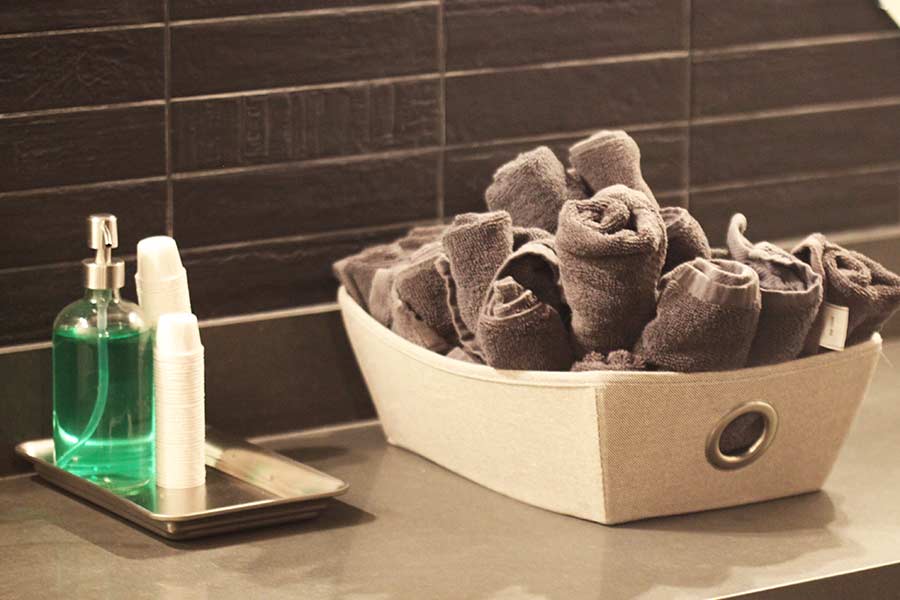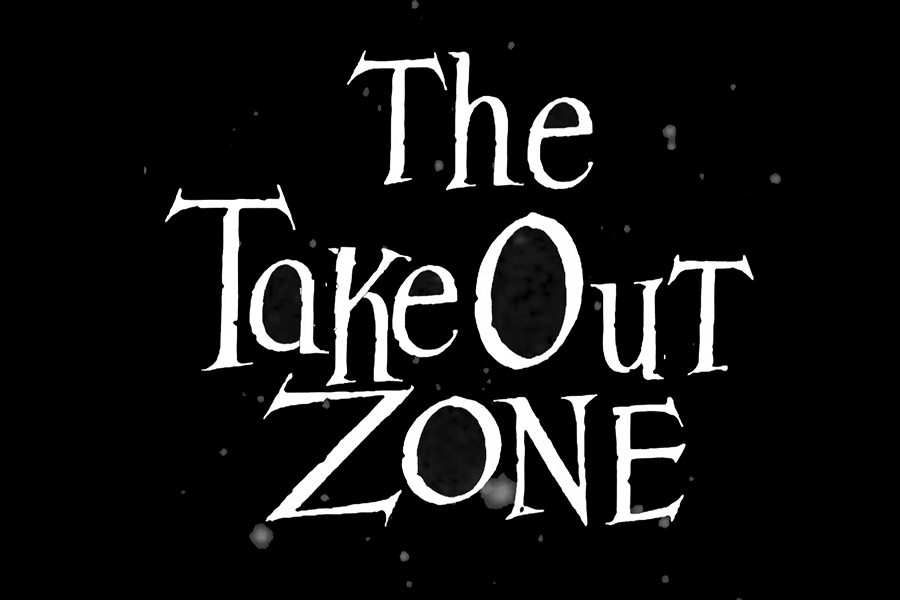
When thinking about the Downtown LA renaissance, the first thing that comes to mind is the city’s buildings. Downtown LA’s constantly developing skyline is a quilt made up of buildings, some old and some new. In and of the city’s developments is Omgivning Architecture and Interior Design…

Leading Omgivning is Karin Liljegren, the firm’s Principal and Founder.
Liljegren grew up in suburban New Jersey outside of Manhattan. There she became fascinated by the tall buildings and urban lifestyle. She quickly developed a love of cities and old buildings. Liljegren arrived on the west coast to study at UCLA. She then began a career in architecture. Her passion for revitalizing buildings in Downtown Los Angeles began with overseeing the 1999 adaptive reuse of the Old Bank District, which continued in subsequent years of working exclusively on adaptive reuse at Killefer Flammang Architects. Liljegren became fascinated by the process of taking existing buildings and convert them to new uses. In 2009, Liljegren went out on her own and founded Omgivning.
The word “Omgivning” is Swedish for the way a space feels around you. Liljegren says that Omgivning’s mission is to combine the revitalization of old buildings with interior design in order to create “a sense of place.” Their work covers projects big and small, from a 900 square foot cafe to 2 million square foot historic adaptive reuse project. Their services include updating and redesigning existing spaces drawing production and permitting, the creation of roof gardens and pools, historic facade and interior rehabilitation and restoration, interior design, and furniture design.
Some of the challenges with architecture in Downtown LA are the numerous technical aspects of old buildings. Liljegren says, “Most of the buildings we work on have been completely empty or severely underutilized. Many of these buildings have not been upgraded in over fifty years.” This means that there are numerous structural, heating, cooling, and code upgrades that must be made in order to make these spaces usable once again. As Downtown LA rapidly changes, many people, like those who supported the unsuccessful Measure S, have expressed concerns. What people who share these concerns need to realize, says Liljegren, is that you can not make all of these upgrades then rent the spaces on the cheap.
Omgivnng aims to put new uses in old buildings. When doing so, Liljegren says, “We feel a sense of responsibility to honor the historic aspects and character.” Omgivning’s work looks to capture the soul of 100-year-old buildings. At the same time, Liljegren’s work deals with the rawness of old building shells. Improvements such as adding elevators, renovating kitchens and bathrooms, and improving building efficiency are made.
Omgivning’s design aesthetic stems from the firm’s goal of creating spaces that are functional. They create spaces that are simple, usable, and beautiful, giving them a fresh modern look. They attempt to blend this new look with some of the elements of the old building design, a style which Liljegren calls transitional. Liljegren says, “People are craving spaces that are real, not just expensive.” Omgivining provides this by bringing modern elements into a building that comes from the past. For example, Omgivning might take an old art deco pattern, simplify it, enlarge it, and implement it in the revitalized building.
Omgivning is taking downtown into the future while maintaining the essence of the past. They create their designs by looking at the history of building, what’s happening in the neighborhood right now, what do they see coming in the future. Their current projects include twenty buildings on Broadway. Liljegren says that while the Financial District, Historic Core, and South Park neighborhoods have experienced rapid development, Broadway has been left behind. This may stem from the fact that many of the buildings on Broadway make complex and challenging revitalization projects. One such project of Omgivning’s is the Broadway Trade Building on 8th between Hill Street and Broadway. The 1.1 million square foot building, which spans two-thirds of the block, has undergone an extensive exterior restoration. The space, which once was home to Hamburger’s Department Store and the May Company, will soon feature retail, restaurants, office spaces, and potentially a hotel. The roof itself will have seven restaurants/bars, an event space, two pools, and an urban farm.
Other projects include installing ground floor retail in the San Fernando building, bringing back the original Jonathan Club Ballroom as an event space in 6th and Main’s Pacific Electric Building, developing a rooftop restaurant on 755 Los Angeles Street, and creating new work environments in the Cal Edison Building.
As a resident in 2008, Liljegren raised her young child in Downtown LA before the revelation we see today. She was part of an early wave of residents before there were schools and many children in the area. Liljegren says that one of the biggest changes in downtown since then is in the quantities of children residing in the area. “You see a lot more strollers,” Liljegren says. The creation of a new charter school has certainly contributed to this influx of families in downtown, but it would not be stretching to say that Liljegren’s own work revitalizing the area has also contributed, which is something that she can certainly be proud of.
[/ihc-hide-content]










